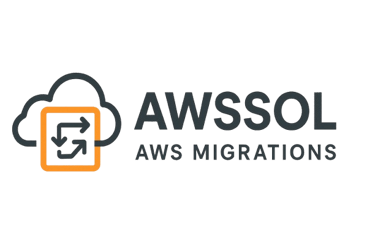AWS Best Practices for Migration Using Modernization
2 min read


Introduction to AWS Migration
Migrating to the cloud can be a transformative journey for businesses, offering enhanced agility, reduced costs, and improved performance. Among various cloud providers, Amazon Web Services (AWS) stands out due to its comprehensive tools and services designed for successful migration. This blog discusses best practices for migrating to AWS through modernization strategies.
Understanding Modernization in Migration
Modernization involves rethinking and refining existing applications and infrastructure for optimal performance in the cloud. In the context of AWS migration, this approach means utilizing AWS services to revamp workloads, leading to greater scalability and efficiency. This can include migrating legacy systems to more modern architectures such as microservices or serverless models. By modernizing their applications, organizations can better leverage AWS capabilities, ensuring a smoother transition and continued innovation following migration.
Best Practices for AWS Migration
1. Plan Thoroughly: Before embarking on the migration journey, it's crucial to have a clear strategy in place. Assess your current architecture, identify what needs modernization, and define the migration goals. This detailed planning phase will help in making informed decisions as well as minimizing potential disruptions.
2. Utilize AWS Tooling: AWS offers a range of tools such as the AWS Migration Hub and AWS Application Discovery Service that can streamline the migration process. These tools assist in tracking resources, monitoring progress, and gathering data about your applications to determine the best modernization strategies.
3. Incremental Migration: Instead of migrating everything at once, consider adopting an incremental approach. Migrate smaller, less crucial applications first, allowing your teams to adapt to changes and accumulate learnings before tackling larger systems. This phased approach reduces risk and ensures that the broader migration strategy is sound.
4. Focus on Security and Compliance: Any successful AWS migration must prioritize security. Ensure that security frameworks and compliance guidelines are integrated into the migration plan. Utilize AWS Identity and Access Management (IAM) for fine-grained access control, and consider employing AWS Config to track resource configurations and compliance continuously.
5. Post-Migration Improvements: Once the migration is complete, the focus should shift to ongoing optimization. Regularly monitor application performance, assess cost management, and explore additional AWS services that can enhance functionality or reduce expenditures.
In conclusion, following AWS best practices for migration through modernization not only facilitates a successful transition but also sets the stage for future growth and innovation. Embracing this strategic approach can position organizations to fully capitalize on the advantages offered by AWS, thereby maximizing their cloud investment.
